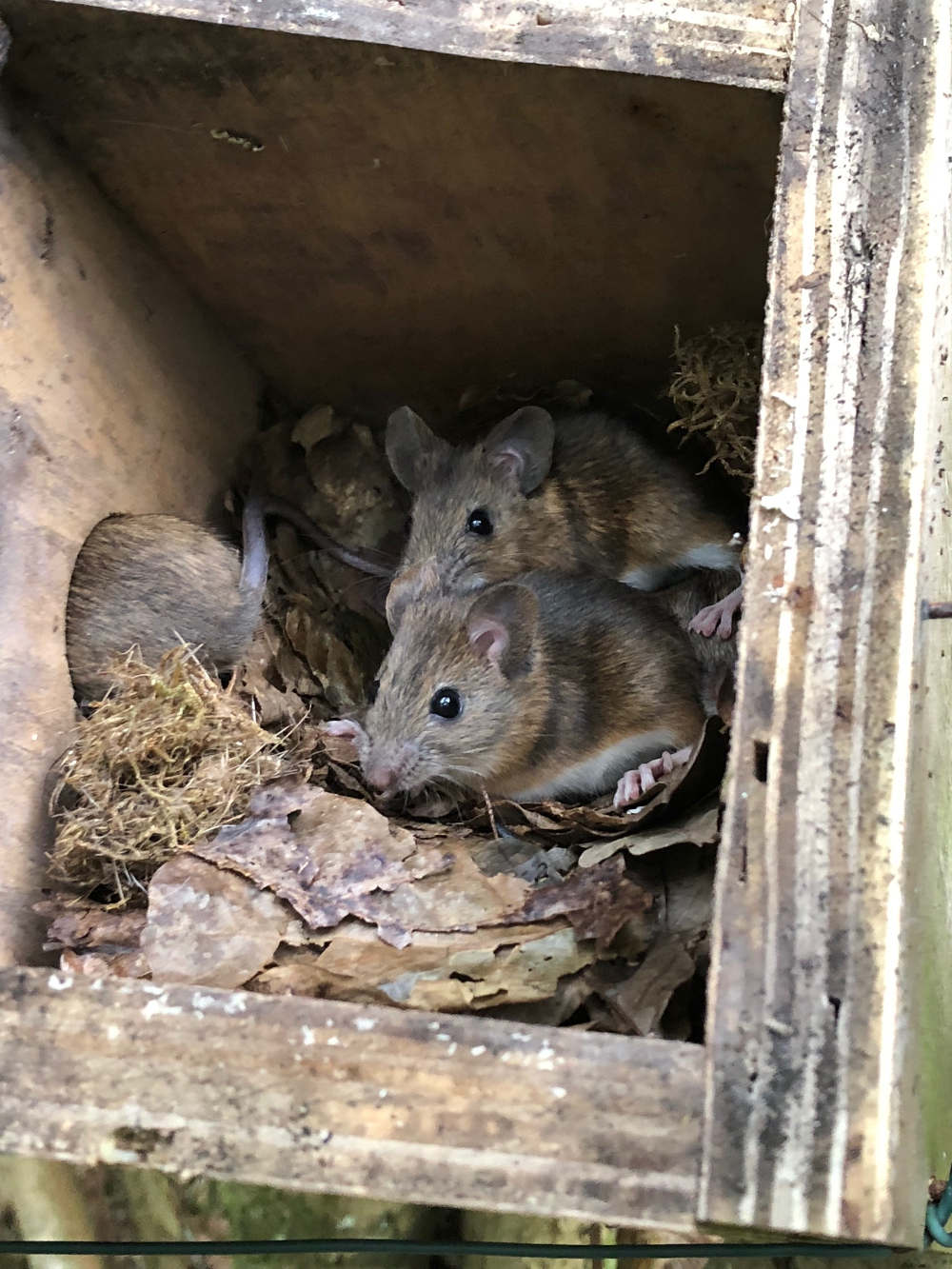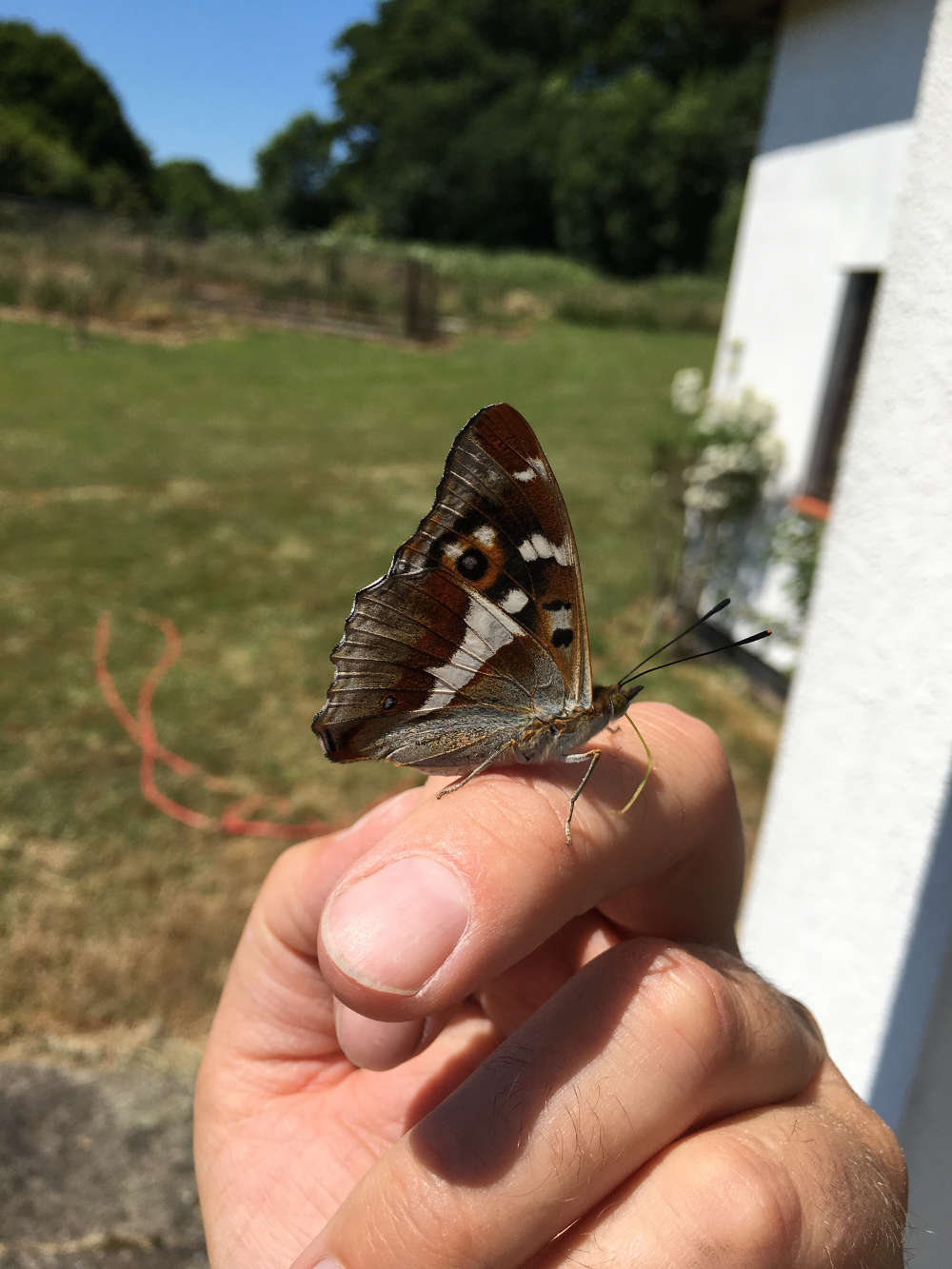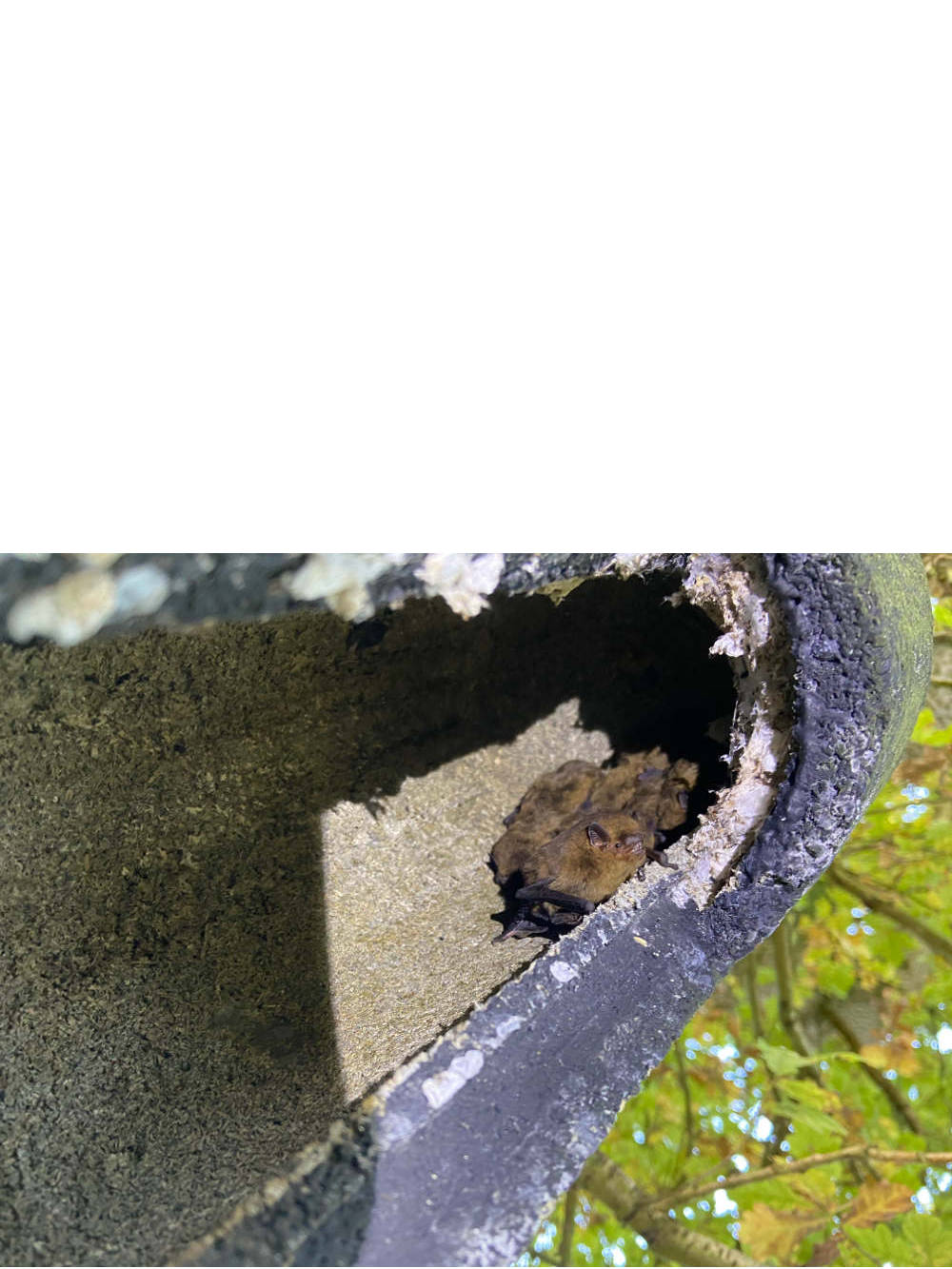WOODLAND AND HEDGEROWS
benefiting the environment
Southern Streams is committed to planting new and improving our existing woodlands and hedgerows to benefit the environment and community by;
- Helping towards the UK’s 2050 emission reduction target by capturing carbon and mitigating climate change
- Managing existing, neglected and ancient woodland sites
- Increasing biodiversity, conserving our threatened species and providing wildlife corridors
- Preserving undisturbed archaeology which provides an invaluable insight into our past
- Preventing soil erosion and runoff while naturally filtering water into the Kennet aquifers and streams
- Maintaining existing access for everybody to enjoy these areas
What we do
Creating and Managing
When creating or managing woodland and hedgerows, consideration is given to the suitability of the site, the use of native species and how this will benefit the group’s connectivity. Sometimes these are located where land is unproductive or where they can assist wildlife movement through the landscape. We improve the resilience in our woods by planting for the future to combat climate change and disease.
THESE PHOTOGRAPHS ARE THE RESERVED COPYRIGHT OF RICHARD CHARLES AND ARE NOT TO BE USED ELSEWHERE.
Veteran oak competing with holly tree
The same veteran oak after release
Freeing a veteran oak from ivy competition
Protect and manage historic sites
We work with the Forestry Commission and Natural England to restore our protected Ancient Woodland and SSSI sites. We also protect undisturbed, important archaeological sites in our woodlands from unintended damage which can be caused by forestry operations.
The base of a Tudor sediment tank in what was a Conduit House uncovered
Biodiversity-focussed management
Small changes in management can have huge benefits for protected and threatened species. By managing in the appropriate way and complying with EC Habitat Directives, we help conserve declining species such as the dormouse, and support existing populations of bats, butterflies and birds.
We do this by thinning and managing open spaces and rides to increase light and rejuvenate the forest floor. Veteran trees and deadwood are protected and left in-situ as key habitats and all hedgerows are managed under best practice to ensure they provide valuable habitats for species to feed and shelter.
Inspecting dormice boxes

Wood mice in a box

Purple emperor on edge of wood

Long eared bats in box
Woodland and water
By managing water features such as valley streams, swallow holes and ponds within the woodland environment, we help maintain key habitats for wildlife as well as supplying unpolluted water to the aquifers and streams of the Kennet catchment area.
Management of public access
We maintain public rights of way through our woodlands and ensure they enhance the outdoor experience of all woodland visitors.
Ride management before
The same ride after management
THESE PHOTOGRAPHS ARE THE RESERVED COPYRIGHT OF RICHARD CHARLES AND ARE NOT TO BE USED ELSEWHERE.
Find Out More:
- https://freshwaterhabitats.org.uk/wp-content/uploads/2013/09/WOODLAND.pdf
- http://www.hedgelink.org.uk/cms/cms_content/files/30_complete_good_hedge_management_guide_leaflet.pdf
- https://forestry.gov.scot/publications/standards-regulations-and-incentives/farm-woodlands/the-creation-of-small-farm-woodlands-on-farms/280-the-creation-of-small-woodlands-on-farms-arable-land
- https://www.wildlifetrusts.org/actions/how-make-hedge-wildlife
- https://cdn.buglife.org.uk/2019/07/Deadwood_1.pdf
- https://ptes.org/wp-content/uploads/2014/06/managing-woodlands-for-dormice-final.pdf